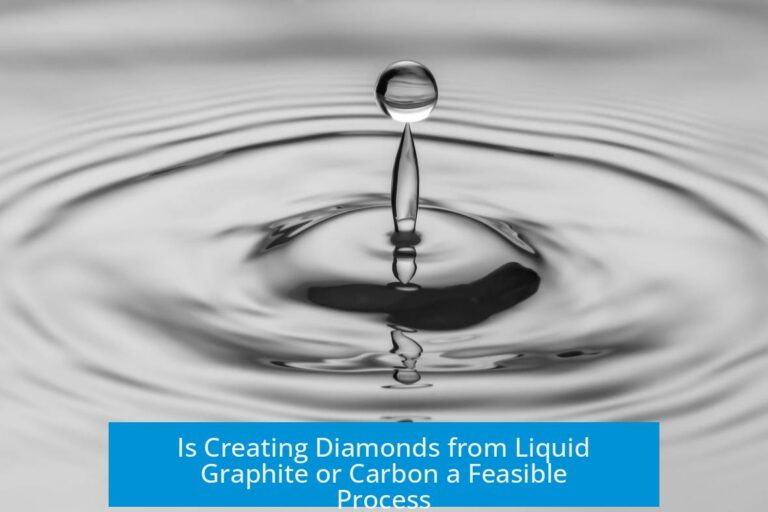Is the Statement “Strong Acids Fully Dissociate” Misleading or an Oversimplification?

The statement “strong acids fully dissociate” is an oversimplification, and without context, it can mislead. In water, strong acids dissociate almost completely, but this does not mean they share the same acid strength or identical pKa values. Differences emerge under non-aqueous conditions and when considering detailed equilibria involving hydronium ions.
The Meaning Behind “Strong Acids Fully Dissociate”
Context: The Importance of “In Water”
The phrase “strong acids fully dissociate” is generally true in aqueous solution. Water acts as both a solvent and participant in acid-base chemistry. Since water itself is a very weak acid, strong acids are significantly more acidic in water and donate protons readily.
Nothing can be a stronger acid in water than water’s own protonated form, the hydronium ion (H3O+). This limits how the concept of dissociation applies strictly to aqueous systems.
Strong Acids Behave Similarly in Water
In water, strong acids tend to behave alike because the acidity measurement actually reflects the concentration and behavior of hydronium ions rather than the parent acid itself. When a strong acid dissolves, it donates its proton to water, generating hydronium ions.
- The acid dissociates to H+
- H+ immediately associates with H2O to form H3O+
- The measurable acidity corresponds to hydronium concentration
This means acids such as hydrochloric acid (HCl), sulfuric acid (H2SO4), and nitric acid (HNO3) all produce similar hydronium concentrations at equal molarities in water.
Differences Appear Outside of Water
When strong acids are placed in non-aqueous solvents or examined computationally, differences in acid strength become evident. The pKa values of strong acids vary in solvents like dimethyl sulfoxide (DMSO), or theoretical calculations, reflecting their intrinsic acidities rather than their aqueous behaviors.
Thus, the commonly cited equivalence of strong acids’ dissociation in water masks the underlying chemical differences.
Mechanistic Explanation: Acid-Hydronium Equilibrium
Competing Acidic Species
In aqueous solution, there is an equilibrium between the acid (HA) and the hydronium ion (H3O+). Both species compete to donate protons. This competition governs how much of the acid stays undissociated or re-forms in solution.
Behavior of Weak vs. Strong Acids
For weak acids, this competition is balanced. Hydronium ions can reprotonate the acid molecules. Hence, weak acids only partially dissociate. This dynamic equilibrium leads to measurable pKa values above zero.
However, strong acids have a much greater tendency to lose their protons than hydronium ions have to give theirs back. Once an acid is stronger than hydronium, the proton transfer favors hydronium formation almost exclusively. The acid continually donates protons until nearly all molecules exist as conjugate base and hydronium.
This conceptualizes the statement that strong acids “fully dissociate”: proton transfer to water is essentially irreversible under standard aqueous conditions.
The Conceptual and Numerical Limits of “Fully Dissociate”
Literal 100% Dissociation is Impossible
In strict chemical terms, “fully” or “all” implies 100%. Yet, chemistry never reaches absolute extremes. Even strong acids only approach complete dissociation asymptotically.
For example, an acid might dissociate at 99.99%, leaving a minuscule fraction undissociated at any time. This residual amount might be transient or negligible, yet it exists due to molecular fluctuations.
Transient Protonation Exists
Momentary protonation of acid molecules can occur by chance collisions. This dynamic exchange is part of equilibrium behavior. Such phenomena mean there is always a tiny fraction of acid molecules not dissociated at any instant.
Therefore, the phrase “fully dissociated” is an accepted simplification rather than a strict absolute.
Variation of pKa Values Among Strong Acids
Measured pKa in Non-Aqueous Media
Experimental and computational pKa values often come from solvents other than water or from theoretical models. DMSO, for instance, exhibits different solvation and stabilization behavior, hence different acidity scales.
In such environments, pKa values reflect intrinsic proton affinity, electrostatics, and intermolecular interactions. These values reveal clear differences among strong acids that aqueous dissociation conceals.
Usefulness of the Strong Acid Classification
Chemists classify acids as strong or weak primarily to simplify understanding in aqueous chemistry. This binary distinction helps when predicting reactions in common lab conditions.
However, overemphasizing small differences among strong acids can complicate rather than simplify understanding. It’s practical to accept the strong acid label as a general tool rather than a precise acid strength ranking.
Formal Definitions and Oversimplifications
pKa Relative to Hydronium Ion
Formally, strong acids have pKa values less than that of the hydronium ion (~-1 to -2). This means, in water, their conjugate bases are extremely weak, and they mostly exist as dissociated ions.
This formalism underpins the classification, acknowledging that these acids are “predominantly dissociated” rather than literally 100% dissociated.
Acknowledging the Simplification
Textbooks often say “strong acids completely dissociate” for clarity despite knowing it is only an approximation. This simplification speeds early learning and avoids overwhelming new students with nuanced details.
Contextual Acceptance
Just as many scientific formulas are condensed representations, this phrasing serves an educational purpose. Advanced studies unpack these concepts fully. The statement remains valid within the contexts where it applies.
Summary of Key Points
- Strong acids appear to fully dissociate in water due to hydronium ion dominance in proton exchange equilibrium.
- The phrase applies specifically to aqueous solutions; acid strengths differ significantly outside water.
- Absolute 100% dissociation is unattainable; near-complete dissociation with tiny transient undissociated fractions is the reality.
- Differences in strong acid pKa values arise mainly in non-aqueous media or theoretical contexts.
- Classification as strong acid is a practical simplification rather than a precise acidity ranking.
- Formal pKa values relative to hydronium define strong acids but acknowledge partial dissociation.
- Simplifications like “fully dissociate” help initial understanding but should be refined in advanced learning.
Why is the phrase “strong acids fully dissociate” often considered an oversimplification?
It ignores the small fraction of acid molecules that remain protonated momentarily. Chemical equilibria mean 100% dissociation is practically impossible. Saying “fully dissociate” rounds off these tiny amounts for simplicity.
If all strong acids fully dissociate in water, why do their pKa values differ?
pKa differences arise primarily outside water or in non-aqueous solvents. In water, strong acids appear equally dissociated because hydronium ion dominates. pKa variations reflect theoretical or non-aqueous conditions.
How does water influence the apparent strength of strong acids?
Water limits measurable acidity to the hydronium ion’s strength. Strong acids protonate water, creating hydronium ions which mask differences between acids. So, strong acids seem equally strong due to water’s acidic role.
Does a strong acid always dissociate more than the hydronium ion protonates it back?
Yes. Strong acids are stronger than hydronium ions, meaning the acid loses protons without being protonated again. This equilibrium favors dissociation, unlike weak acids where re-protonation occurs.
Should we be concerned about small differences in acid strength among strong acids when working in water?
Not usually. In aqueous solutions, these differences have minimal practical impact. Classification helps distinguish weak vs strong acids, but fine distinctions among strong acids matter more in other solvents or conditions.





Leave a Comment